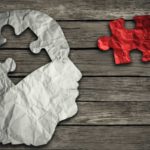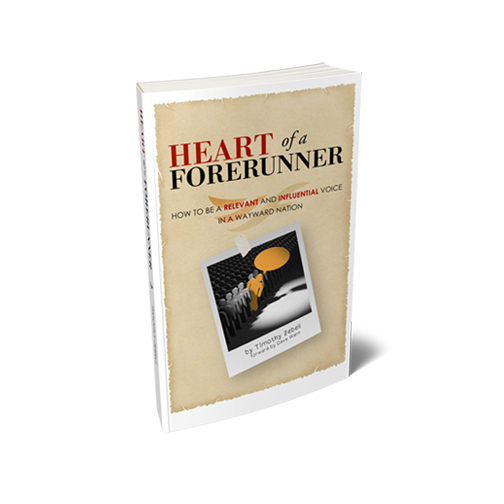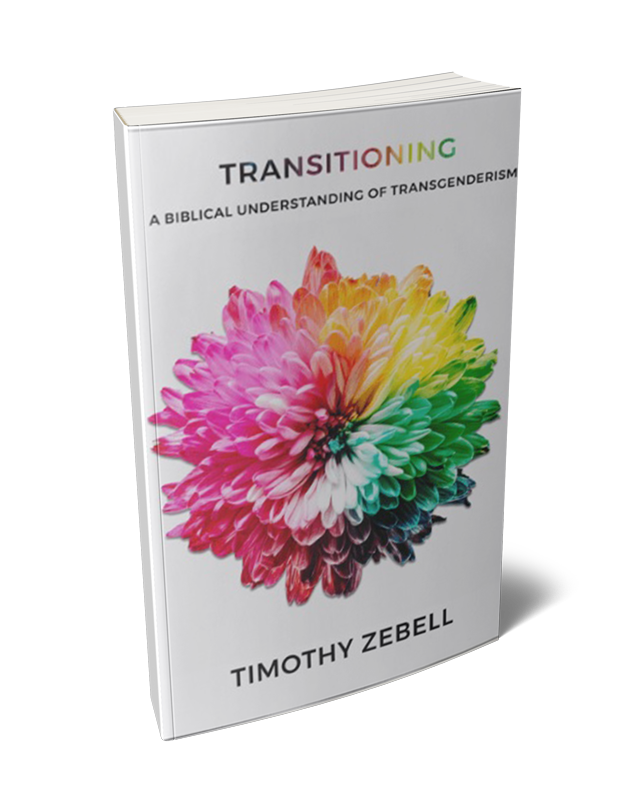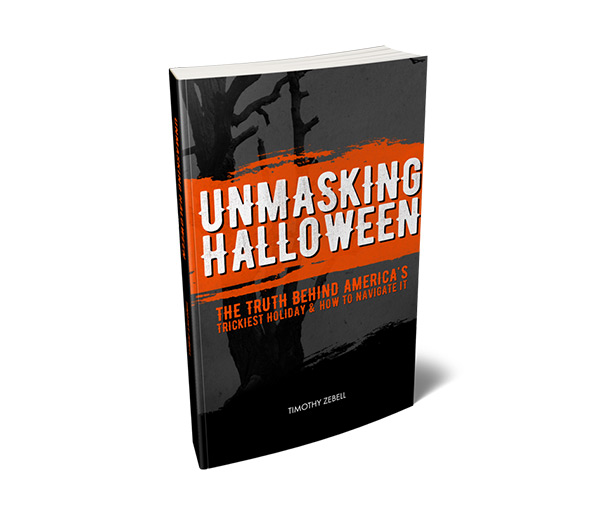Playboy made history with its November issue featuring the French model Ines Rau as the magazine’s first openly transgender playmate.[1] Two years later, Geena Rocero became the playmate of the month, making history this August as the magazine’s second openly transgender model and first transgender Asian Pacific Islander playmate.[2][3] Increasingly, transgenders are gracing the covers of major publications and are even becoming the face of multi-million dollar advertisement campaigns.
Victoria’s Secret joined the cultural revolution this month with its first openly transgender model, hired for an ad campaign promoting its PINK lingerie line.[4][5] Last year, the company’s marketing executive created controversy when he told Vogue that Victoria’s Secret should not cast transsexuals in its fashion show because “the show is a fantasy.”[6] This year, Brazilian model Valentina Sampaio will walk the Victoria’s Secret runway, despite being a man presenting himself as a female model for a brand that markets itself exclusively to women.[7]
Similarly, Indya Moore appeared on the June cover of Elle magazine. As a transgender model, Indya Moore promoted Calvin Klein’s Pride capsule collection, serving as one of the faces of the company’s 2019 “I Speak Truth” campaign.[8] Likewise, Moore posed as the face of Louis Vuitton in its 2019 lookbook.[9] In a press release, the label’s artistic director of women’s collections said about the pre-fall 2019 project, “These women embrace the various personalities that embody fashion at Louis Vuitton. Be they stars or new faces, all of them share the same willpower, and confidence in their choices, and at the same time, reflect the eclecticism of the female identity.”[10]
Is this statement correct? Does Indya Moore—a biological male who presents as a woman—reflect the eclecticism of the female identity? Is the way one identifies the defining characteristic of gender? Are Valentina Sampaio, Geena Rocero, and Ines Rau truly women who experienced the unfortunate fate of being born into the wrong body?
When reality is divorced from objective truth, anything becomes possible. In seeking to answer the question, “Is it possible to be born in the wrong body?” Transgender Trend writes:
Children’s brains are very plastic; they develop through interaction with people and the environment and they are constantly absorbing information and influences which shape them.
Research in neuroscience consistently confirms that there is no “male” or “female” brain and that all children are born with the potential to develop their own unique characteristics of behaviour, interests, talents and personality, regardless of their biological sex.[11]
Our experiences and habits restructure our brains, thereby establishing and influencing our personality, mannerisms, preferences, and ways of thinking. The brain and the body work in tandem, each influencing the other. The idea that the true essence of our selves can be reduced to neural synapsis firing in our brains, unaffected by and distinct from the remainder of our physical bodies, harkens back to the ancient teaching of Gnosticism. Theologian R.C. Sproul writes:
The Greeks viewed man as a creature locked in a conflict between two opposing and irreconcilable substances, the body and the soul. To the Greek the soul is eternal and good, the body is temporal and intrinsically imperfect. For Plato the nonmaterial ideal realm is the realm of the good. The physical is at best an imperfect receptacle or copy of the ideal. Hence the view emerged in Greek philosophy that the body is the prison house of the soul. Redemption means the release of the soul from the body.[12]
Put another way, Associate Dean at the Master’s Seminary Jesse Johnson writes, “Gnostics were a first-century cult that taught that matter didn’t matter. More precisely, they held that our physical bodies were vulgar and thus lacked value, while our inner spiritual state represented true reality.”[13]
Recognizing the parallels between Gnosticism and transgenderism, President of the Ethics and Religious Liberty Commission Russell Moore warns against falling prey to this cultural narrative of transgenderism:
This narrative is rooted in the ancient heresy of Gnosticism, with the idea that the “real” self is separate from who one is as an embodied, material being. Body parts and chromosomal patterns are dispensable since the self is radically disconnected from the body, the psychic from the material. The old Gnostic heresy is joined with contemporary expressive individualism—the idea that I must be true to whomever I perceive my “real me” to be on the inside in order to be “authentic.”[14]
In reality, our true selves are not merely a neural network of electrical impulses firing inside our brains. In fact, the near-death experience of Pam Reynolds indicates that human consciousness may be housed somewhere outside the brain. In his book The Supernatural Worldview, Christian apologist Chris Putnam recounts, “Reynolds endured an exotic surgical procedure called “Operation Standstill” to remove a life-threatening aneurysm on her brain stem. The procedure entails stopping the heart, and the blood is drained from the brain to allow the aneurysm to be removed. Even more, the body temperature is lowered to 60 degrees while fully anesthetized with sound-emitting earplugs to verify flat brainwave activity on an EEG.”[15] Despite the fact that Reynold’s heart was stopped, her brain was drained of blood, and her brainwave activity was flat-lined, Reynolds was later able to describe conversations that the doctors had during her operation and the surgical tools they used which hadn’t been revealed before her operation. Chris Putnam writes, “Neuroscientist Mario Beauregard argues that her case suggests that ‘mind, consciousness and self can continue when the brain is no longer functional and the clinical criteria of death have been reached.’ In other words, this seriously challenges the materialist paradigm, which entails that the mind is simply a product of electrochemical brain processes.”[16]
We are more than the product of our brains. The Bible teaches in 1 Thessalonians 5:23 that we are a combination of body, soul, and spirit, “Now may the God of peace himself sanctify you completely, and may your whole spirit and soul and body be kept blameless at the coming of our Lord Jesus Christ.” Where each of these begins and ends may be beyond our ability to discern. Hebrews 4:12 teaches, “[T]he word of God is living and active, sharper than any two-edged sword, piercing to the division of soul and of spirit, of joints and of marrow, and discerning the thoughts and intentions of the heart.” Regardless, we know that we are more than a physical body, and likewise, we are more than a spiritual being.
According to the Bible, we are the combination of that which is spiritual, and that which is physical. As R.C. Sproul writes, “The Christian doctrine of substantial dichotomy is not dualistic. Man is not a dualism but a duality. That is, we have a real body (material substance) and a real soul (immaterial substance).”[17] This is why we as Christians anticipate the resurrection of the dead. We know that although our spirit can exist apart from the body, we are not complete apart from our bodies. R.C. Sproul writes, “For the Christian, redemption is of the body, not from the body.”[18]
When God created mankind, He first formed a body from the dust of the earth. However, it was not until He breathed the breath of life into that body that the man became a living creature. Genesis 2:7 says, “[T]hen the LORD God formed the man of dust from the ground and breathed into his nostrils the breath of life, and the man became a living creature.” Our spirits are not pre-existing entities in search of physical bodies. Rather, God creates both our spirit and our body. As such, they are not misaligned. We cannot accidentally find ourselves in the wrong body.
Realizing this, personal feelings cannot determine our biological sex. The presence of a Y chromosome establishes an individual as male, and the absence of a Y chromosome establishes an individual as female. This is a biological certainty regardless of chromosome mutations and sex organ anomalies. Biology expert Regina Bailey explains:
In sex chromosomes, nondisjunction results in a number of abnormalities. Klinefelter syndrome is a disorder in which males have an extra X chromosome. The genotype for males with this disorder is XXY. People with Klinefelter syndrome may also have more than one extra chromosome resulting in genotypes which include XXYY, XXXY, and XXXXY. Other mutations result in males that have an extra Y chromosome and a genotype of XYY. … Tuner syndrome is a condition that affects females. Individuals with this syndrome, also called monosomy X, have a genotype of only one X chromosome (XO). Trisomy X females have an additional X chromosome and are also referred to as metafemales (XXX).[19]
There is no third gender, nor is there such a thing as a woman trapped in a man’s body, or vice versa. As Jesus says in Mark 10:6, “[F]rom the beginning of creation, ‘God made them male and female.’” Being in perfect agreement with one another, an individual’s sex is established by the objective standards of both biology and the Bible. As such, we disparage God’s design and purpose in creation when we celebrate transgender models who “reflect the eclecticism of the female identity.”[20] This is a cultural revolution that Christians cannot embrace.
Be sure to read Timothy Zebell’s book Transitioning: A Biblical Understanding of Transgenderism.
Free Downloads
Share...
1. Salam, Maya. “Playboy to Feature Its First Transgender Playmate.” Arts. New York Times, October 19, 2017. https://www.nytimes.com/2017/10/19/arts/playboy-playmate-transgender.html.
2. Bischoff, Bea. “Trans Supermodel Geena Rocero Makes History on Cover of ‘Playboy.’” GoMag, June 21, 2019. http://gomag.com/article/geena-rocero-playboy/.
3. Ermac, Raffy. “Geena Rocero is Now Playboy’s First Transgender Asian Playmate.” #News. Pride, August 1, 2019, 1:32 p.m., EDT. https://www.pride.com/news/2019/8/01/geena-rocero-now-playboys-first-transgender-asian-playmate.
4. Hsu, Tiffany and Emily Steel. “Victoria’s Secret Executive Leaves as Company Distances Itself from Epstein.” Business. New York Times, August 5, 2019. https://www.nytimes.com/2019/08/05/business/victorias-secret-ed-razek.html.
5. Woodyatt, Amy. “Victoria’s Secret Hires Valentina Sampaio, Its First Openly Transgender Model.” Style. CNN, August 5, 2019. https://www.cnn.com/style/article/victorias-secret-transgender-model-intl-scli/index.html.
6. Phelps, Nicole. “‘We’re Nobody’s Third Love, We’re Their First Love’—The Architects of the Victoria’s Secret Fashion Show Are Still Banking on Bombshells.” Vogue, November 8, 2018. https://www.vogue.com/article/victorias-secret-ed-razek-monica-mitro-interview?verso=true.
7. Bois, Paul. “REPORT: Victoria’s Secret Hires First Transgender Model.” Daily Wire, August 4, 2019. https://www.dailywire.com/news/50221/report-victorias-secret-hires-first-transgender-paul-bois.
8. Street, Mikelle. “Calvin Klein Just Released Their Indya Moore-Fronted Pride Collection.” Out, May 14, 2019, 9:00 a.m., EDT. https://www.out.com/fashion/2019/5/14/calvin-klein-just-released-their-indya-moore-fronted-pride-collection.
9. Street, Mikelle. “Indya Moore Just Booked a Major High Fashion Job.” Out, January 14, 2019, 3:48 p.m., EST. https://www.out.com/fashion/2019/1/14/indya-moore-just-booked-major-high-fashion-job.
10. Street.
11. “Born In the Wrong Body?” Transgender Trend. Accessed June 6, 2016. http://www.transgendertrend.com/born-in-the-wrong-body/.
12. Sproul, R.C. “The Origin of the Soul.” Tabletalk magazine, June 1, 1992. Accessed June 6, 2016. http://www.ligonier.org/learn/articles/the-origin-of-the-soul/.
13. Johnson, Jesse. “Transgendered Gnosticism.” The Cripplegate blog, June 4, 2015. Accessed June 6, 2016. http://thecripplegate.com/transgendered-gnosticism/.
14. Moore, Russell. “What Should the Church Say to Bruce Jenner?” Russell Moore blog, April 24, 2015. Accessed June 6, 2016. http://www.russellmoore.com/2015/04/24/what-should-the-church-say-to-bruce-jenner/.
15. Putnam, Chris. The Supernatural Worldview, 158. Crane: Defender Publishing, 2014.
16. Putnam, 159.
17. Sproul, R.C. “The Origin of the Soul.”
18. Sproul.
19. Bailey, Regina. “Sex Chromosome Abnormalities.” About.com: Education, Last Updated May 26, 2016. Accessed June 6, 2016. http://biology.about.com/od/basicgenetics/a/aa110504a.htm.
Unless otherwise noted, all Scripture quotations are taken from The Holy Bible, English Standard Version, copyright ©2001 by Crossway Bibles, a publishing ministry of Good News Publishers. Used by permission. All rights reserved.








